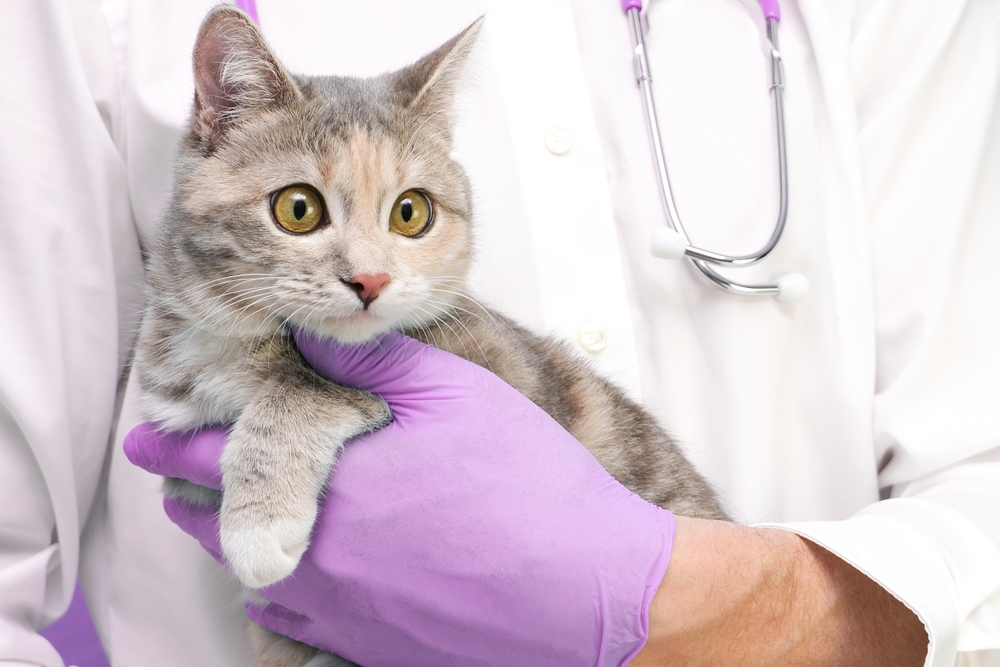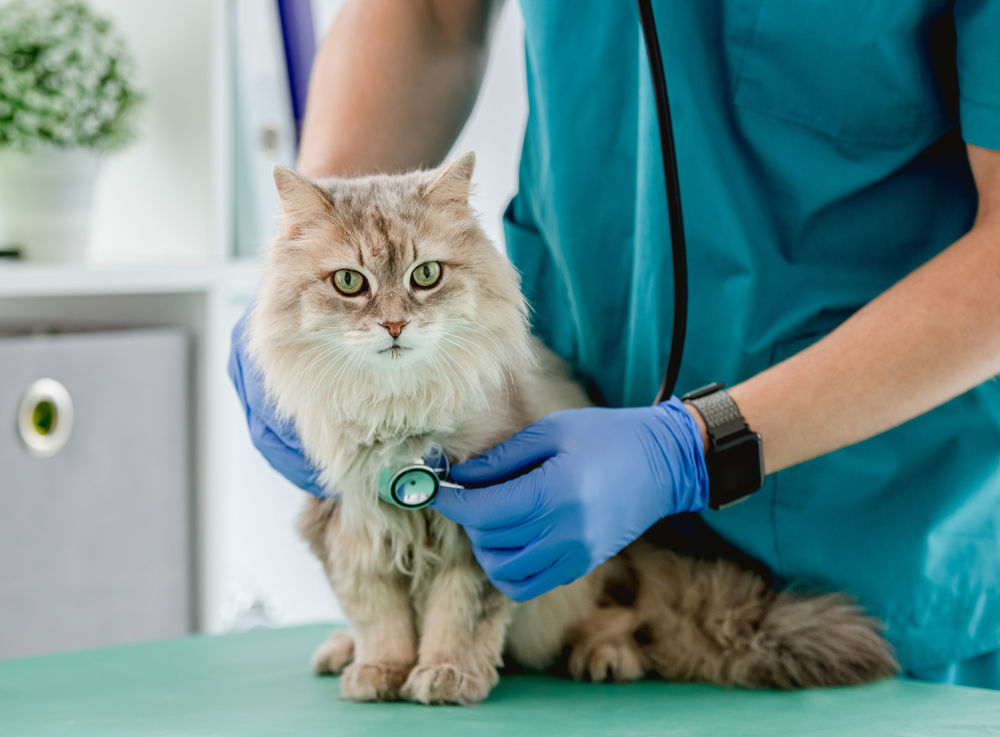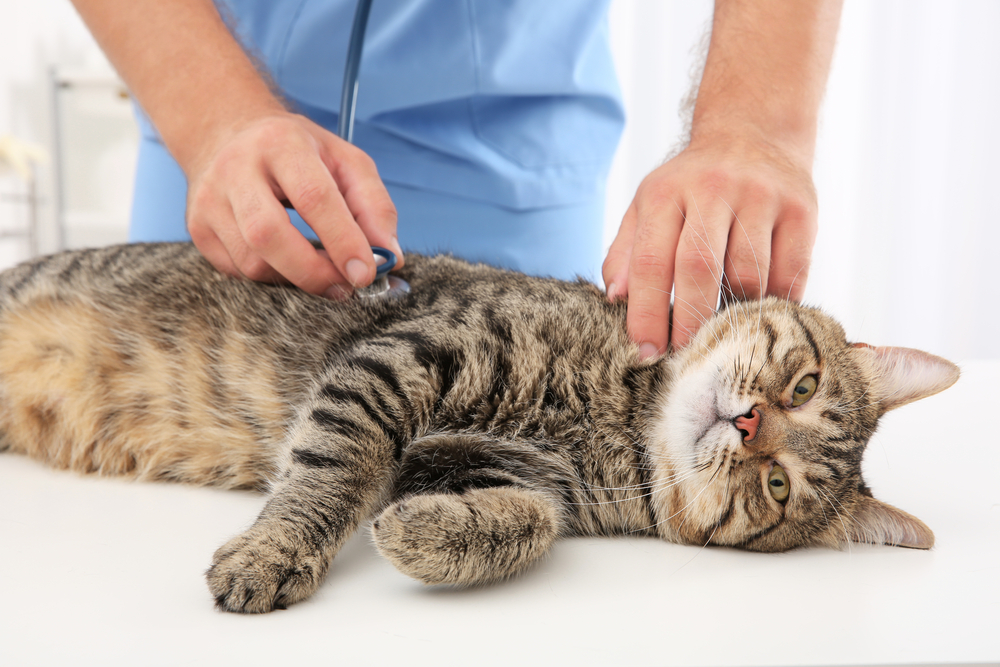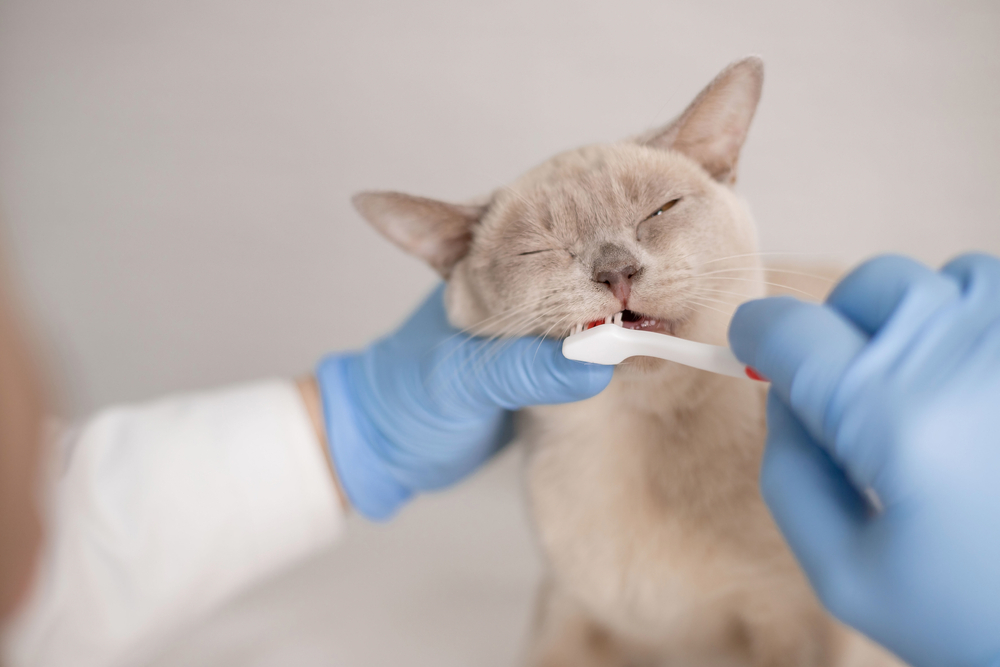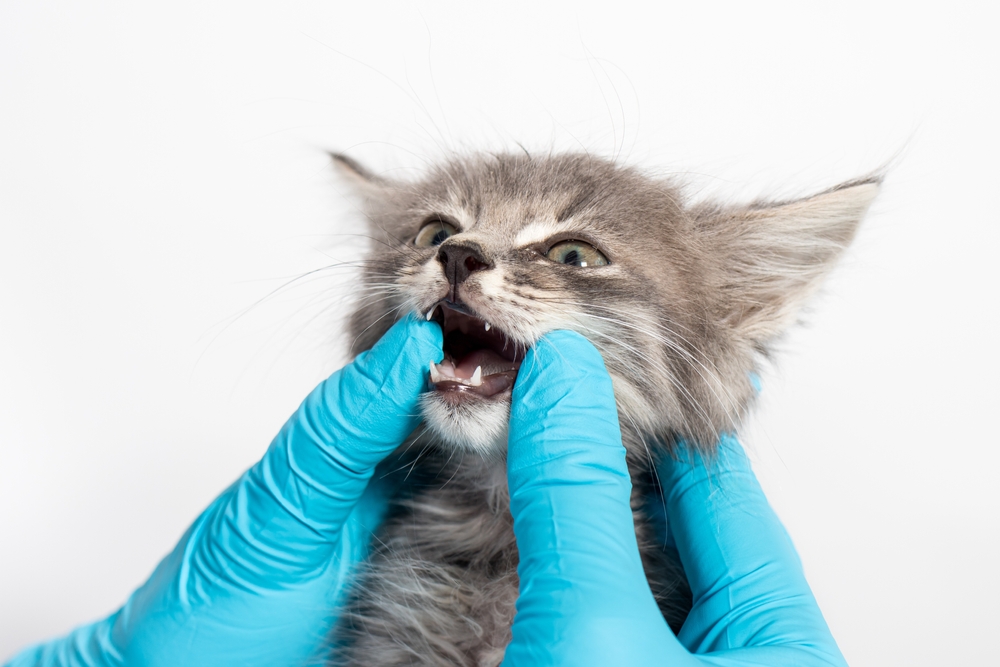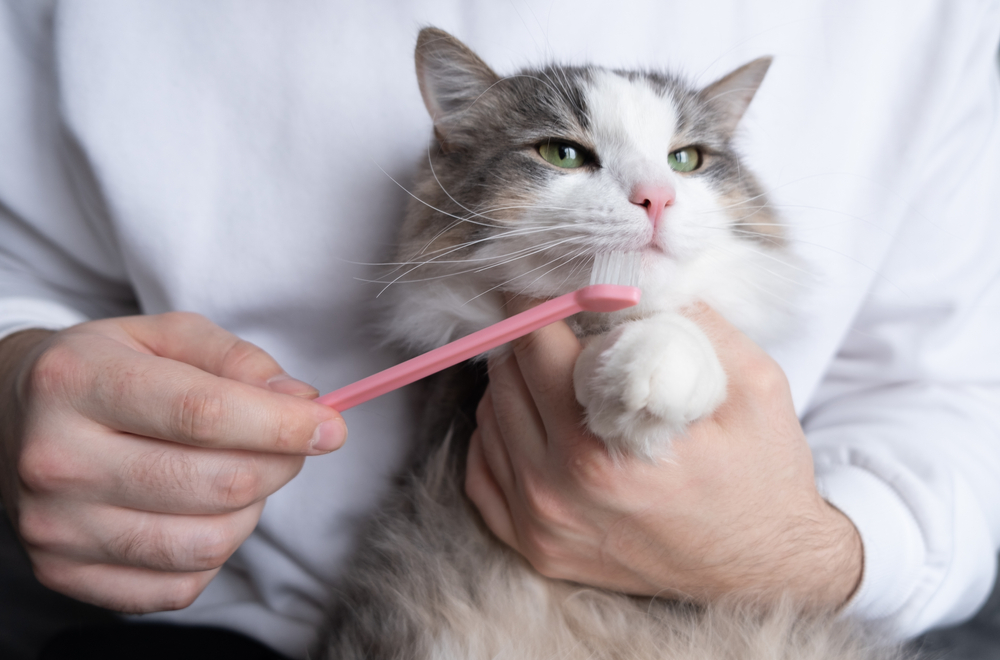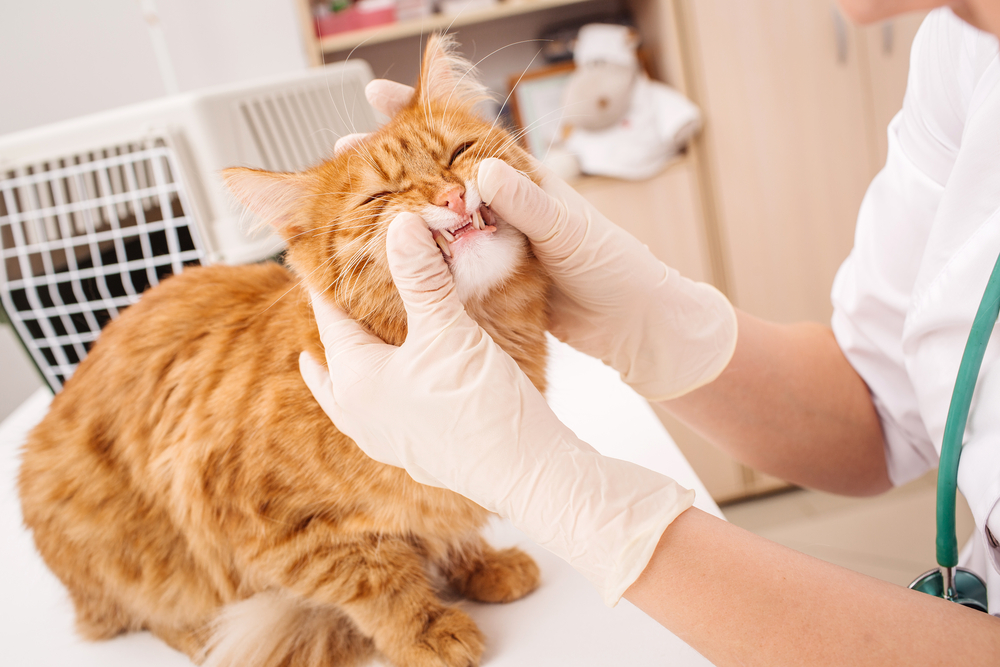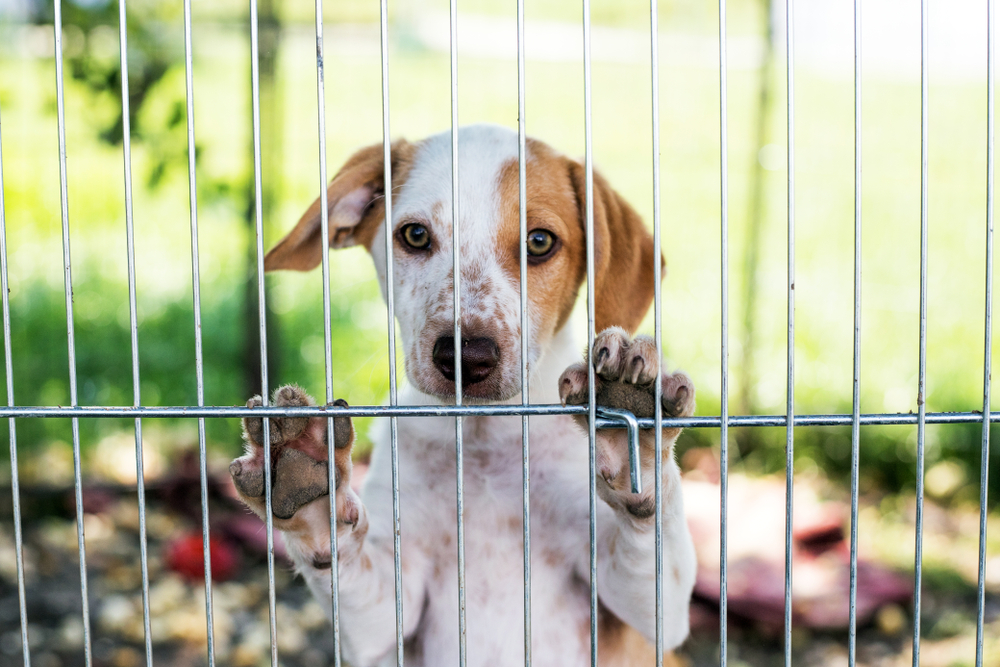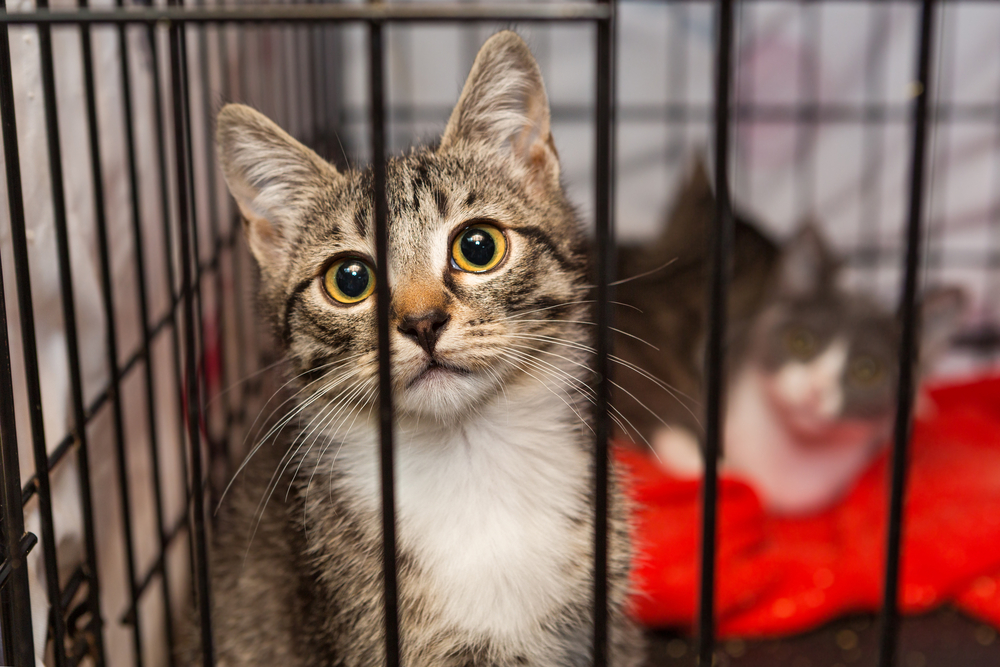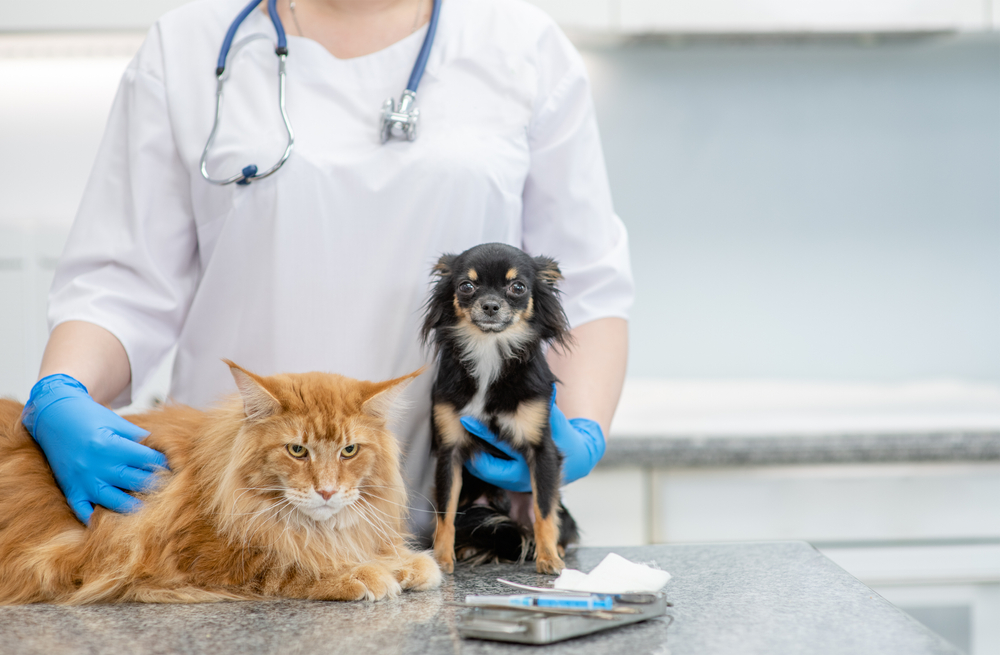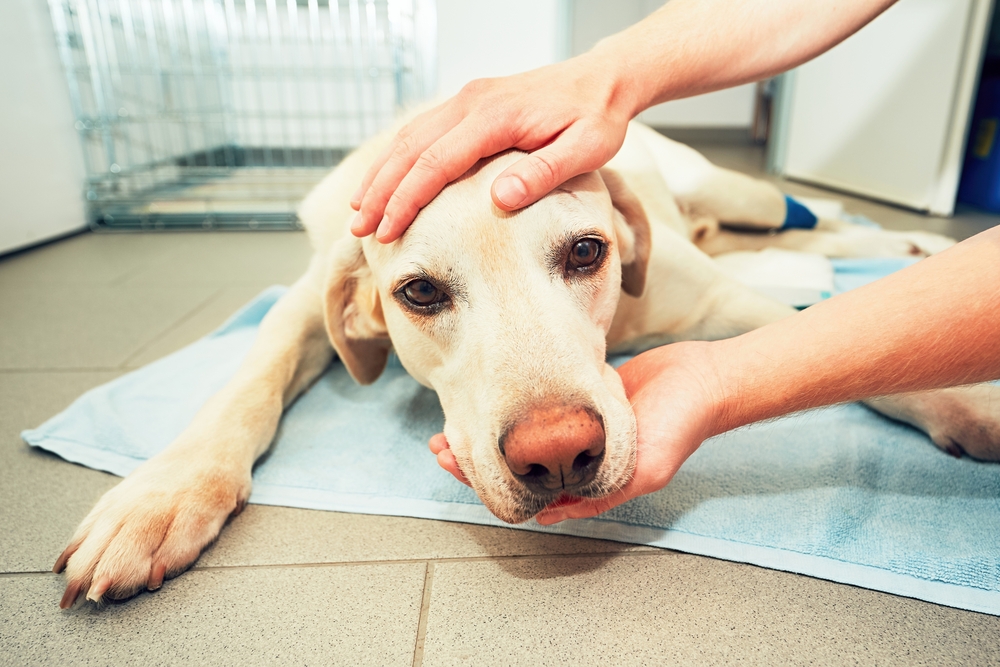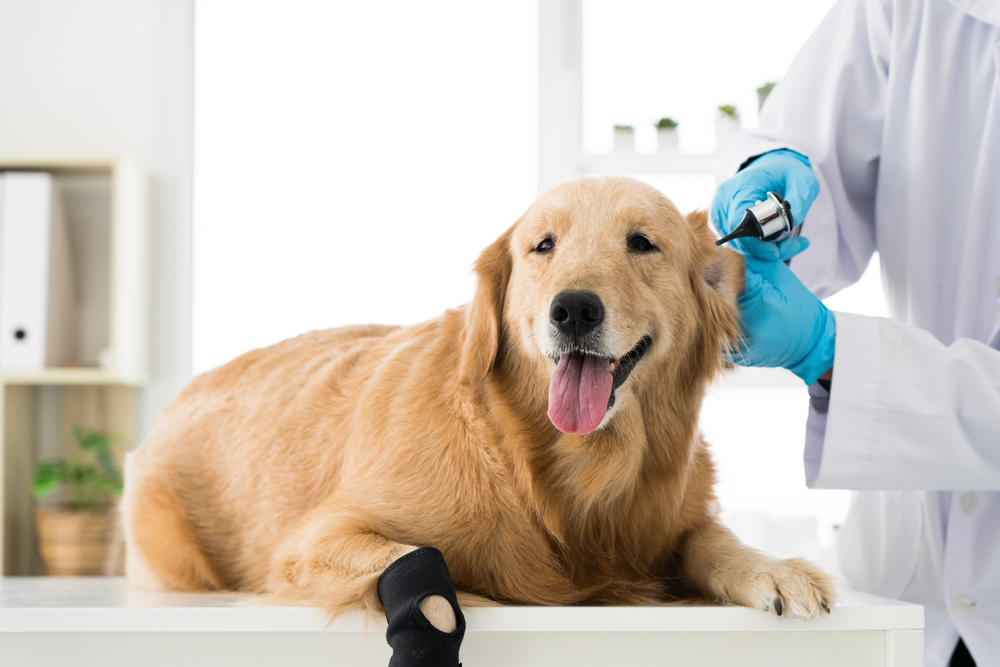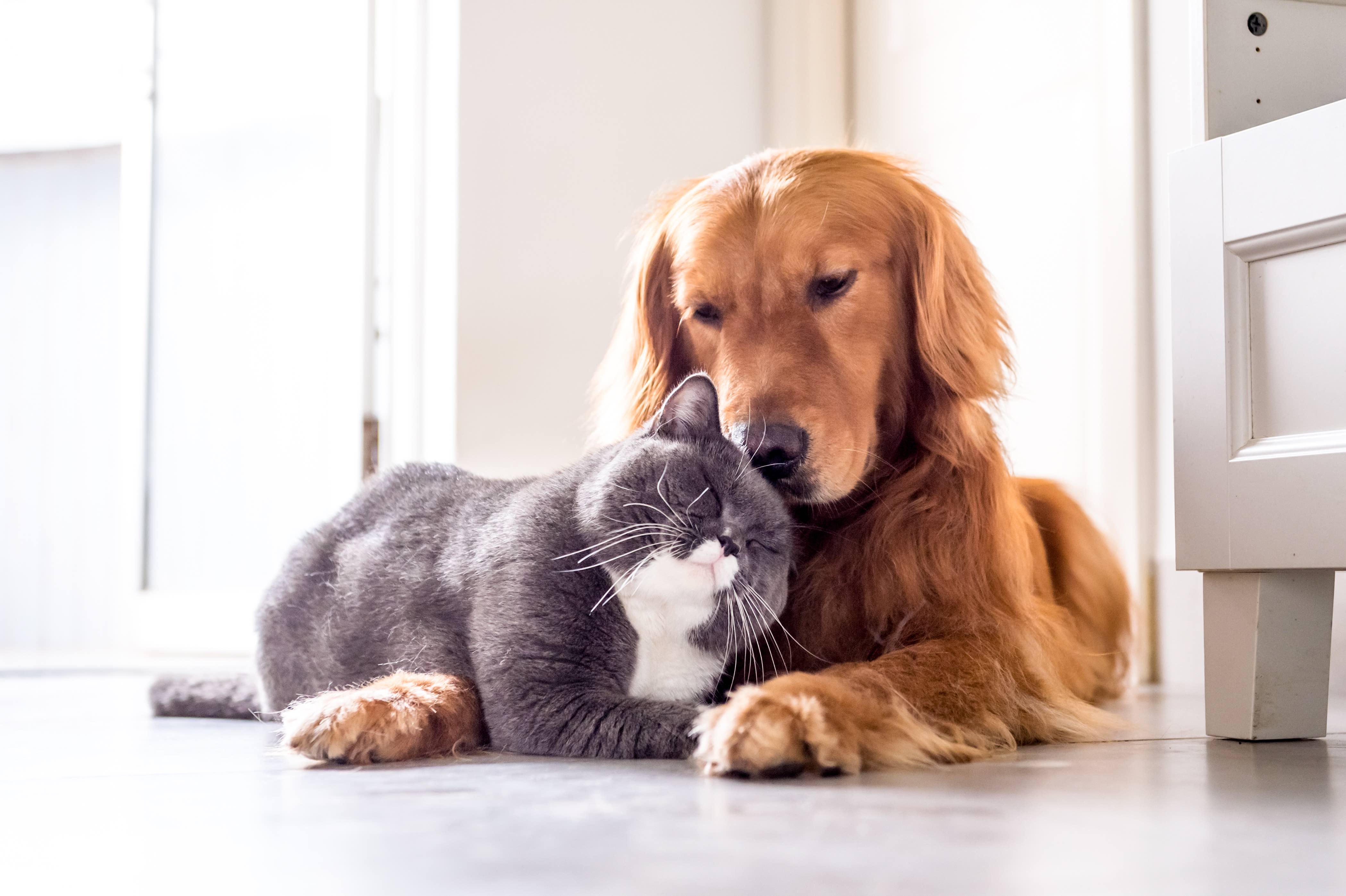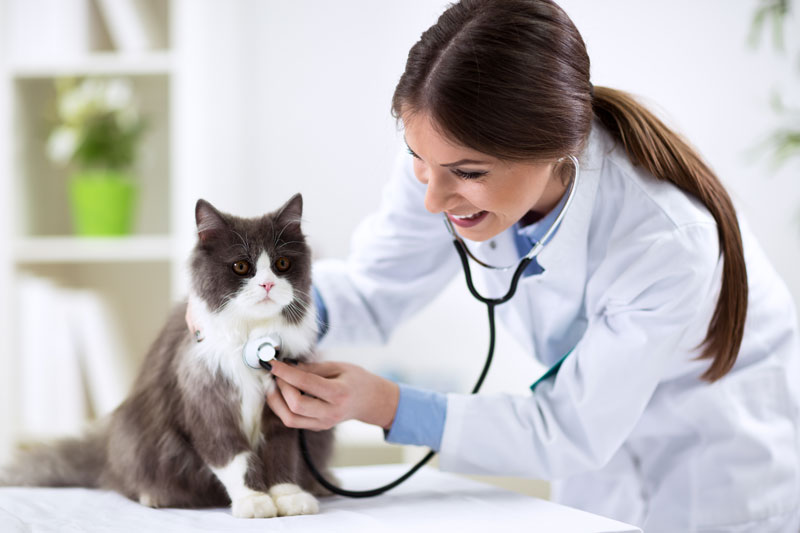Fourth of July Pet Safety: Ensuring a Fun and Safe Celebration for Your Furry Friends

Fun Activities and How Our Pets Feel

Tips for Keeping Pets Safe
Keep Pets Indoors: During fireworks, keep your pets inside. Even pets that are usually calm can get spooked and try to escape. Close windows and curtains to muffle the noise and block out flashes of light.
Update Identification: Ensure your pets have updated identification tags and microchips. In case they do escape, this increases the likelihood of them being returned to you.
Exercise Before Festivities: Give your pets plenty of exercise earlier in the day. A tired pet is less likely to be anxious and more likely to rest during the evening’s activities.
Avoid Fireworks: Do not use fireworks around pets. The loud noises and bright lights can cause extreme fear and anxiety. Even small sparklers can be dangerous if pets get too close.
Provide Distractions: Give your pet toys and treats to keep them occupied. Puzzle toys can be particularly effective in diverting their attention away from the noise outside.
Consider Anxiety Aids: If your pet is particularly anxious, talk to your veterinarian about anxiety aids. There are various products, from calming collars to prescription medications, that can help keep your pet calm.
Contact Our Team at Animal Wellness Center For Guidance on Your Pets Health & Safety






